About
South Sudanese Folktales is an online platform created to document, display, discuss and share South Sudanese folktales.
The platform emerged out of Na’eesh Mabadh / Living Together, a multimedia peacebuilding project which draws inspiration from South Sudan’s folklore and oral tradition. The Na’eesh Mabadh team recorded folktales during storytelling sessions in four locations in South Sudan: Bentiu, Pibor, Renk and a PoC site in Juba, discussed and analyzed themes of peace and conflict in the stories, and then adapted them into a series of radio programmes, which were broadcast in South Sudan throughout 2016. The over sixty folktales that make up the initial list of stories in our archive come from the Na’eesh Mabadh project. For more about Na’eesh Mabadh, and to listen to the radio programmes, visit the Na’eesh Mabadh page on this web site.
At the inception of that project, the organizers understood the value of the folktales and other materials they would gather, and envisioned an online platform that would serve as both a site for documentation and space for dialogue.
The South Sudanese Folktales website is now that space. The folktales that are documented here are part of a living heritage of South Sudan. Inspired by the dynamic process of intergenerational transmission, we draw on multimedia tools and the power of technology to connect to new audiences and activate these stories in new ways. One of our goals is to cultivate a community-driven space where South Sudanese can share, discuss and interpret folktales. We also hope the materials and resources we share here will be useful in teaching and research at the primary school, secondary school, and University levels.
We invite you to explore the stories, to join in on the discussion, and to contribute folktales to our growing archive.
Our criteria for what constitutes a South Sudanese folktale is inclusive. We understand that folktales travel across borders and similar stories may be told in different communities. We also understand that context affects the way a story is told, the meanings imparted and the interpretations shared.
Our awareness of the dynamism of the oral tradition and its embeddedness in relational contexts informed our choices about how to present the stories. Unlike some catalogs of folktales, which offer a standardized version of the story, our online archive attempts–where possible–to document details about the storytelling session.
To that end, we have dedicated a page to each folktale. On each page, we have included not only the English translation of the folktale, but also, where available, an audio file of the storyteller’s narration and associated photographs and video of the session. Also, for the folktales that have been re-interpreted for the peacebuidling radio programme Na’eesh Mabadh, we share the Na’eesh Mabadh programme (in Arabic). Eventually, we hope to add the Arabic translation to the page for each story.
For more on the team behind this initiative and the first batch of stories, please visit the Na’eesh Mabadh page.
All illustrations provided by Hannah Rounding.
Website design and development by Rebecca Lorins
Explore the archive
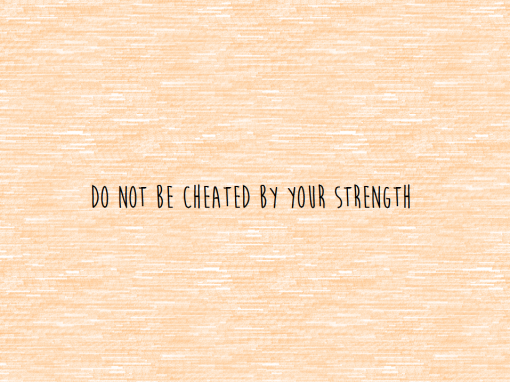
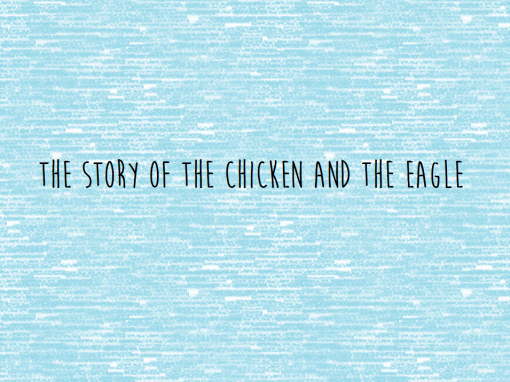
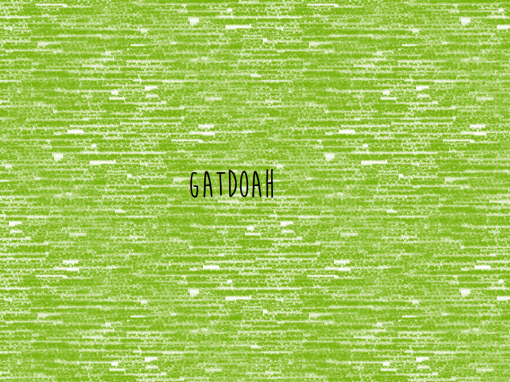
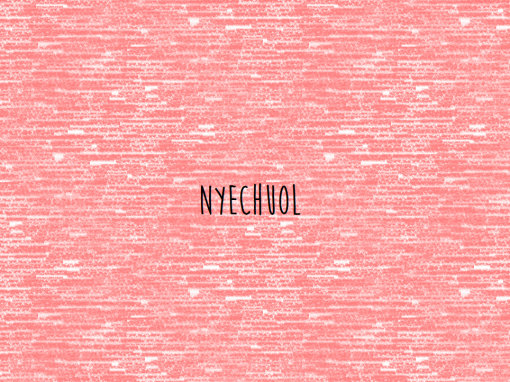
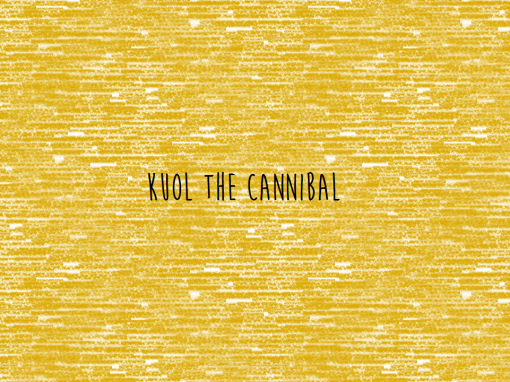
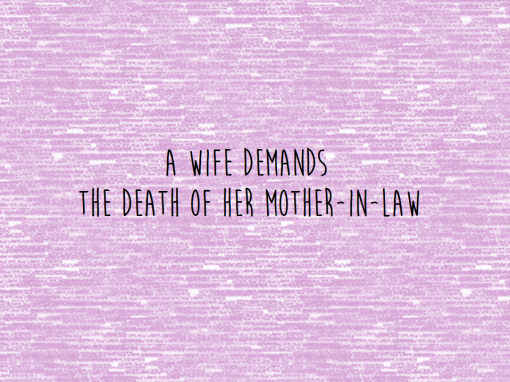

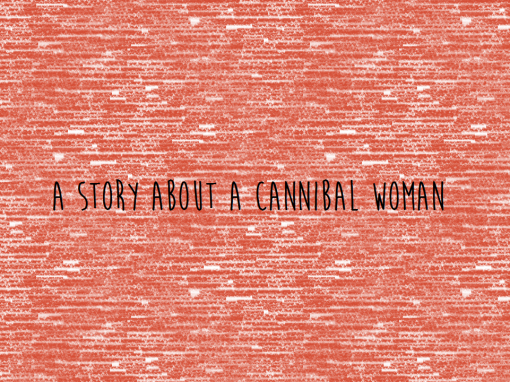
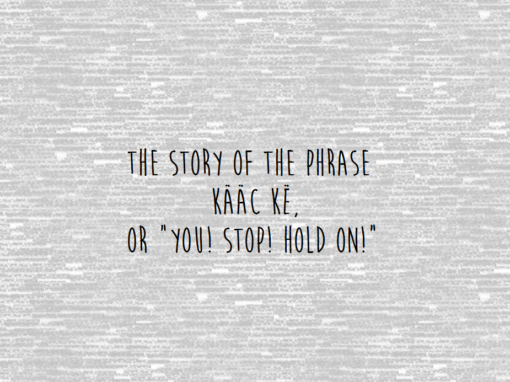
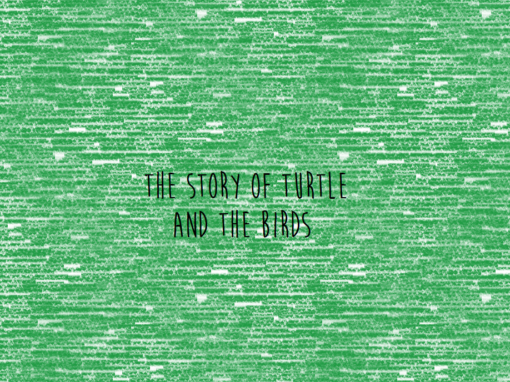
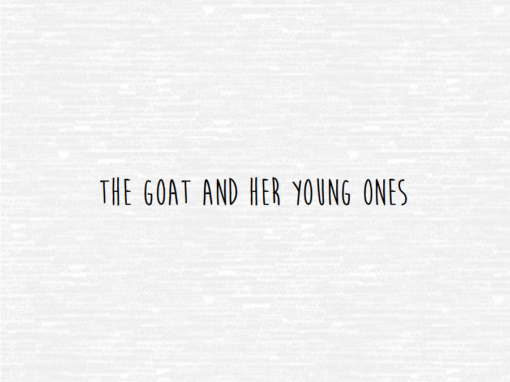
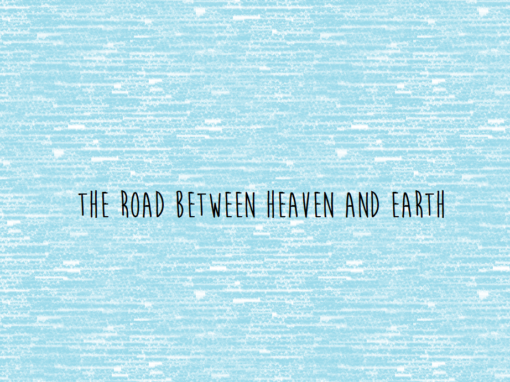
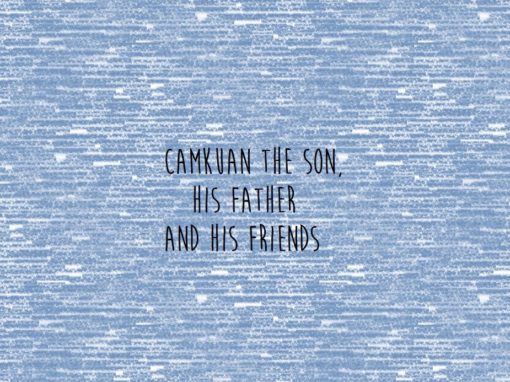
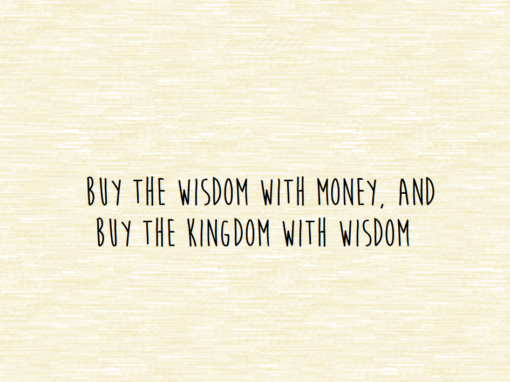
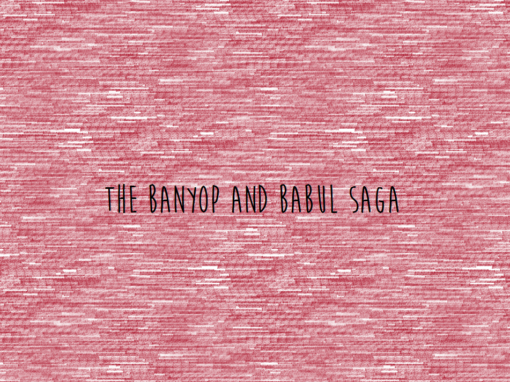
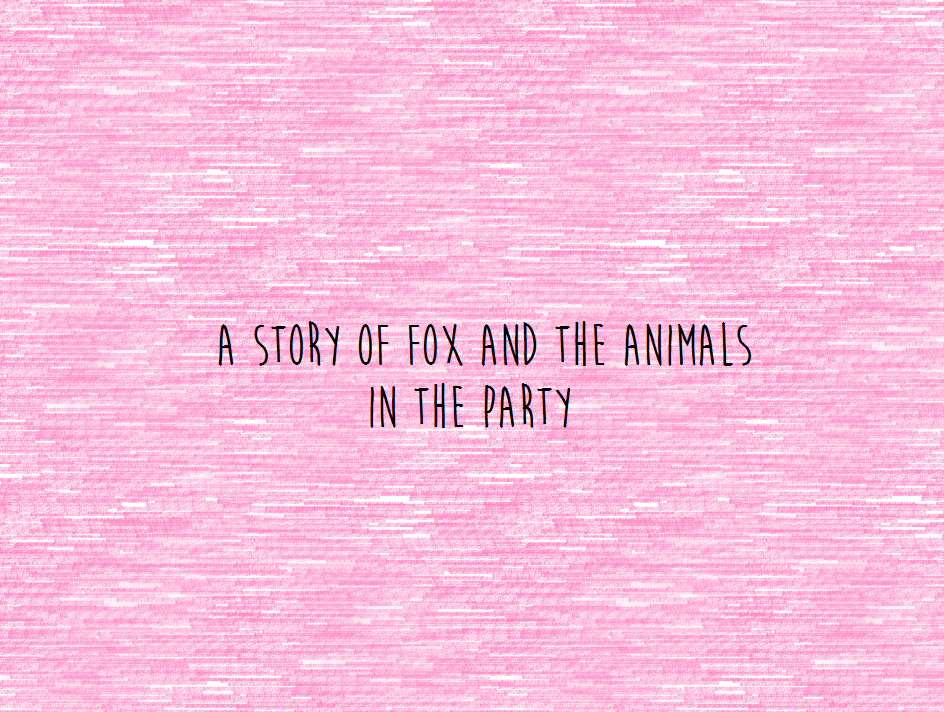
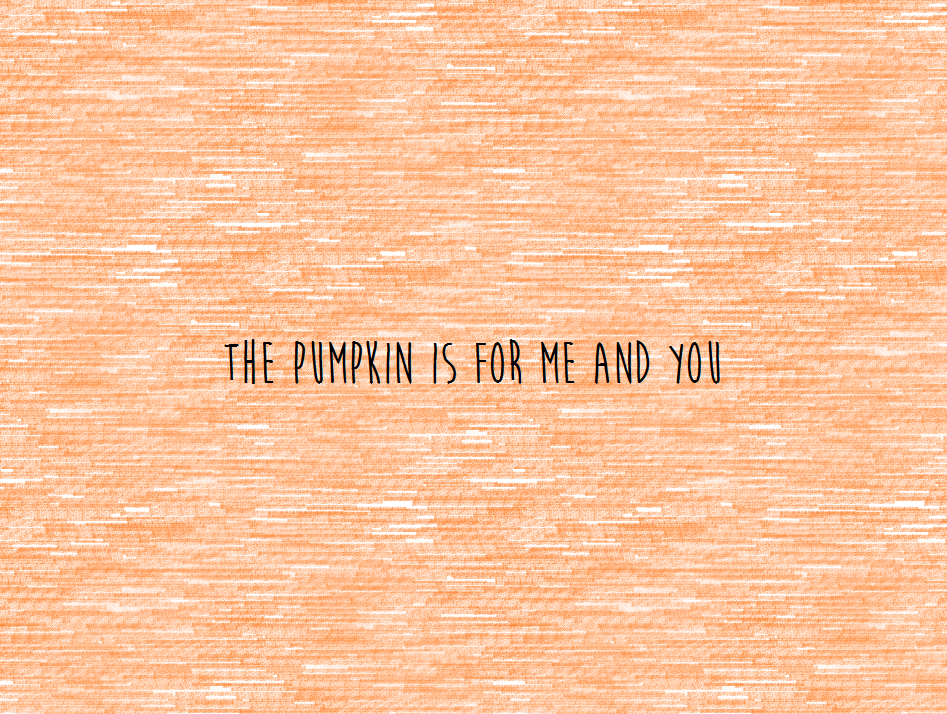
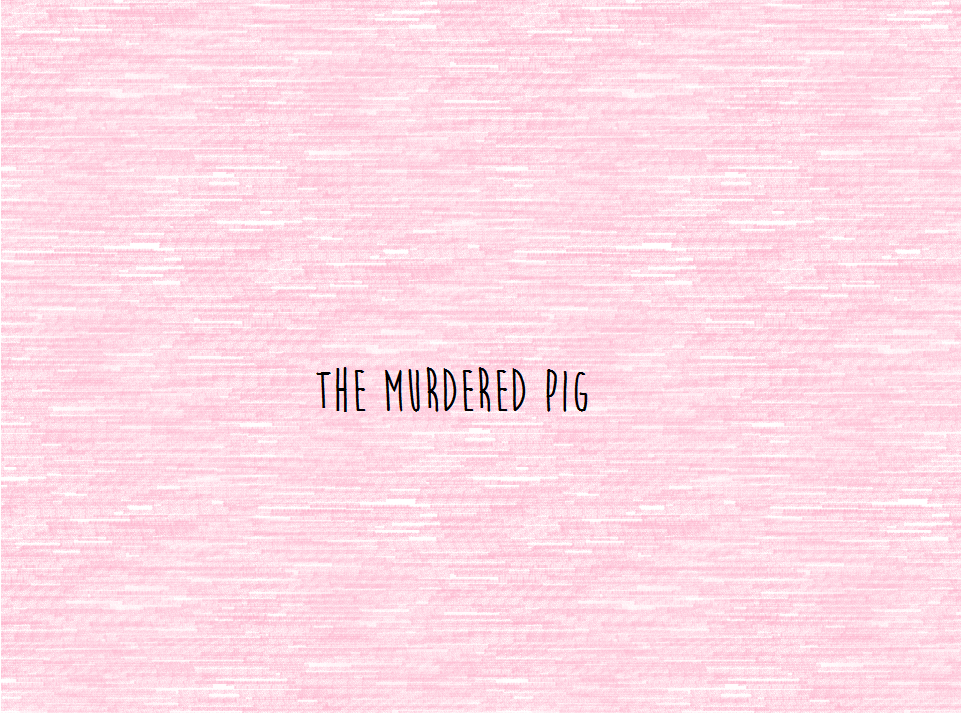
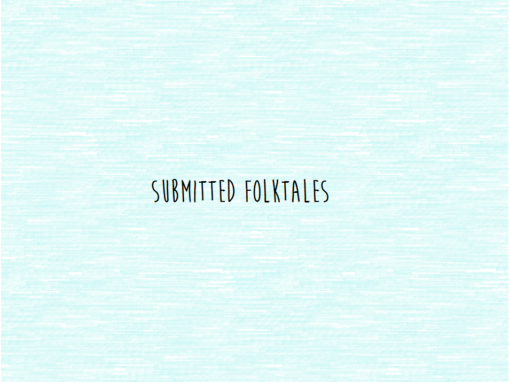
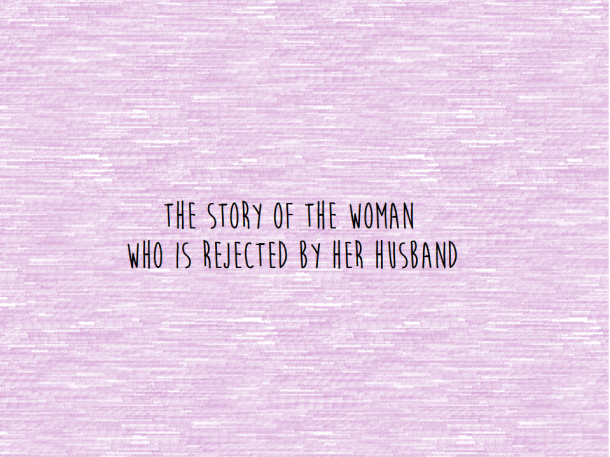
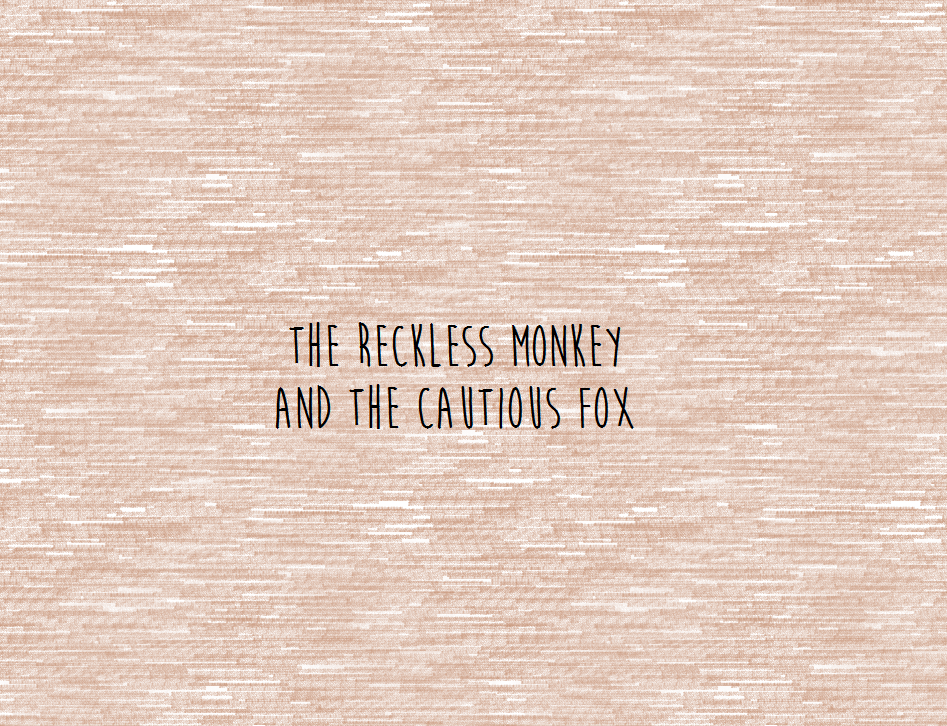
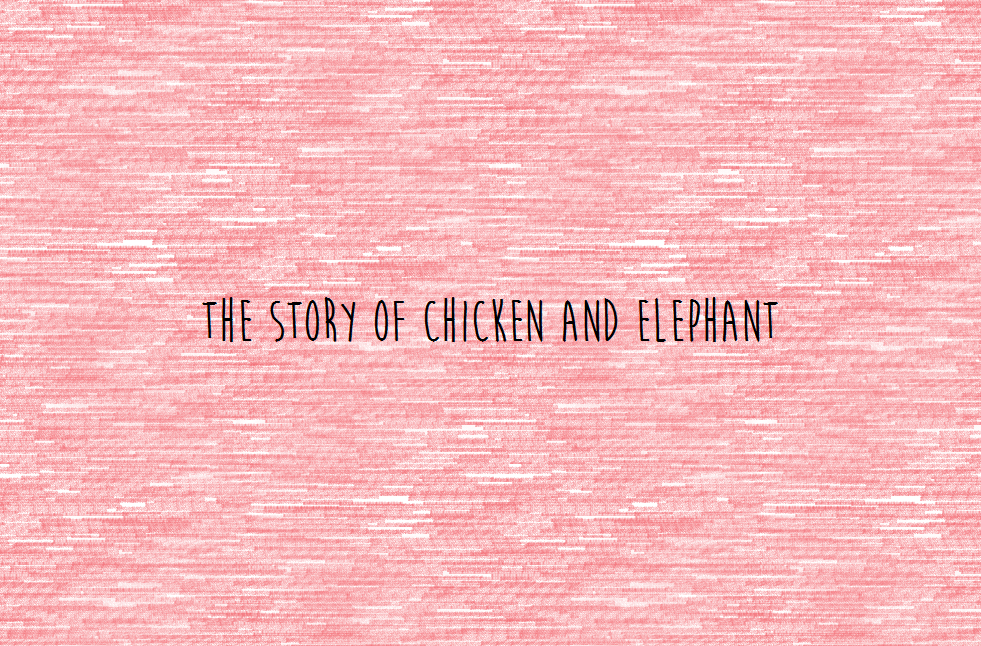
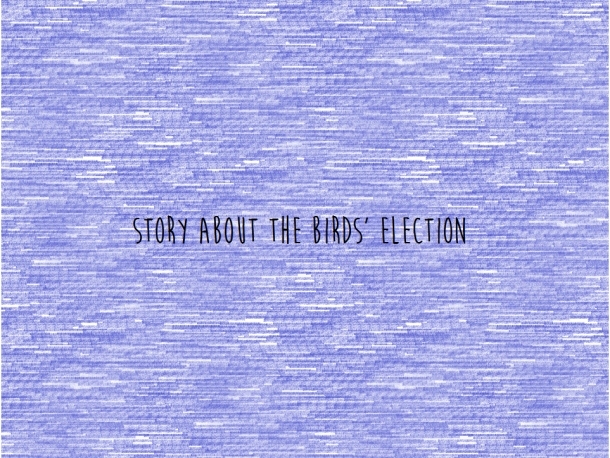
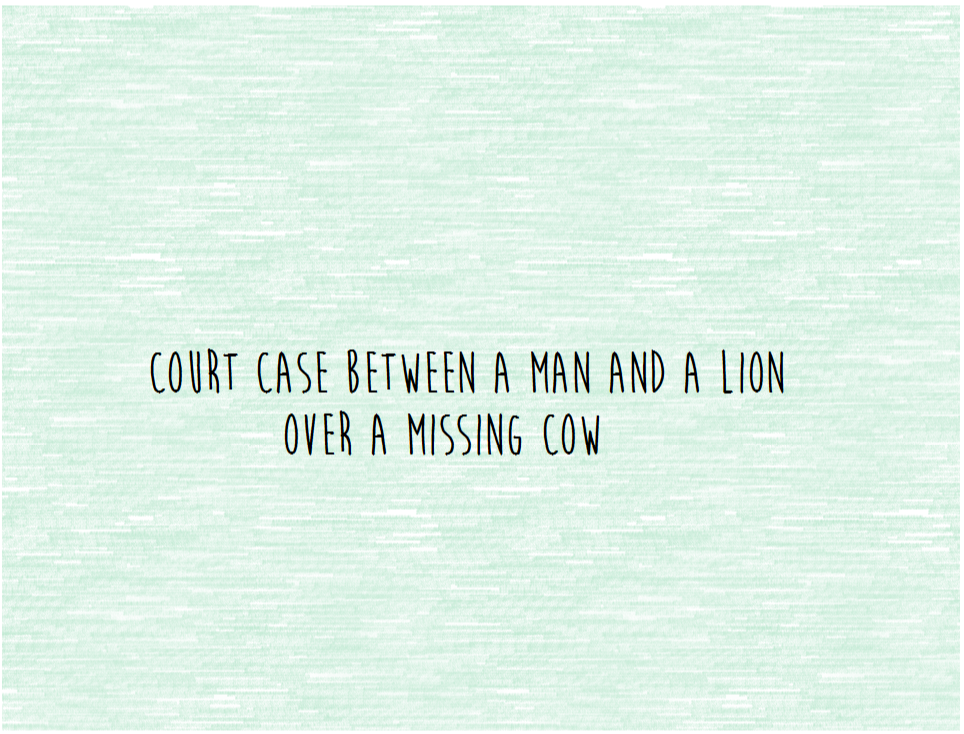
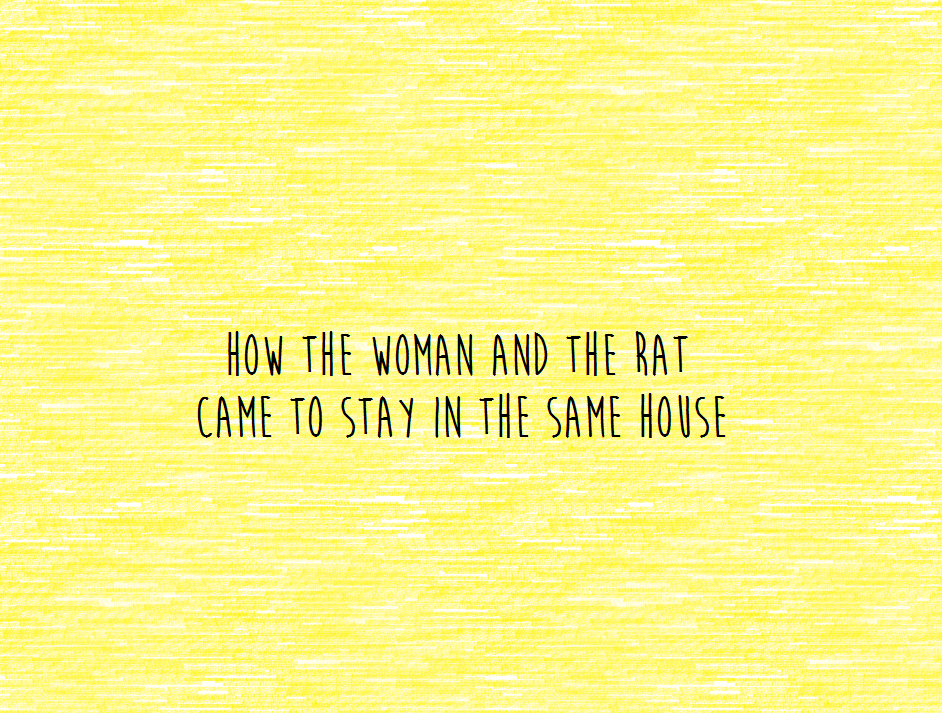
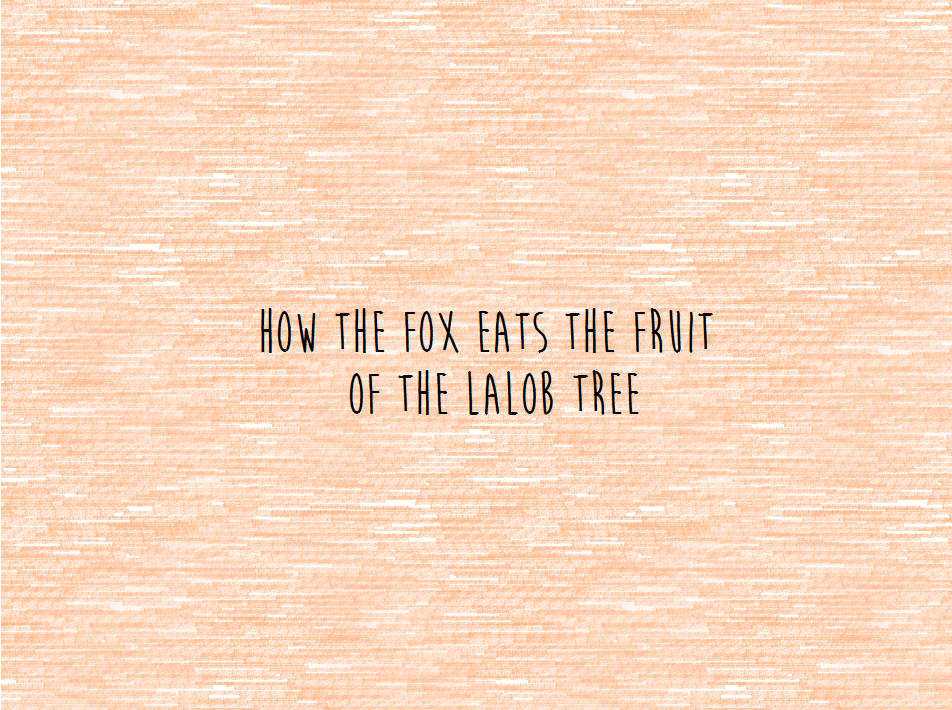
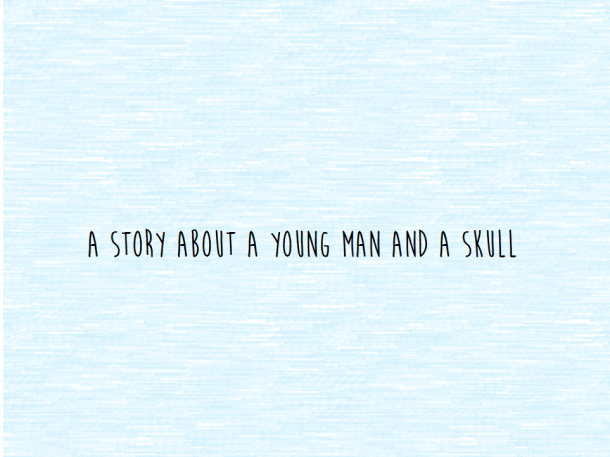

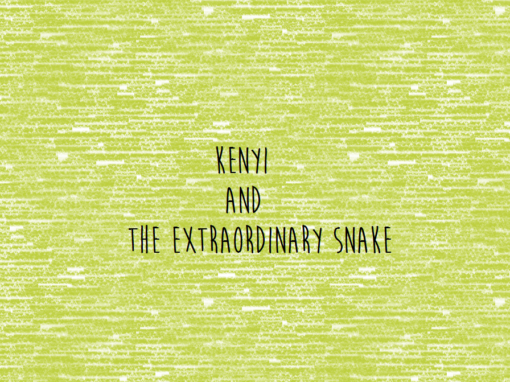
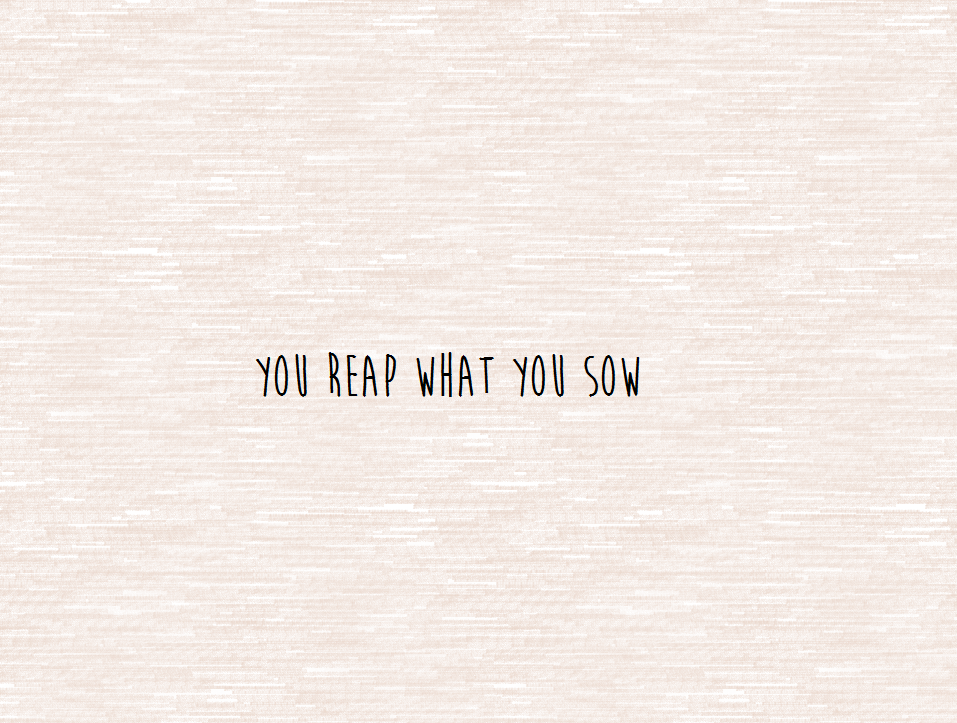
Recent Comments